 Is this the greatest example of survival through ingenuity and hacking skills?
Is this the greatest example of survival through ingenuity and hacking skills?
In 1993, the Frenchman Emile Leray set-off on an adventure, driving from the city of Tan Ta to cross the Moroccan desert. Unfortunately, while he was off-roading he crashed the car and became stranded in the middle of the unforgiving desert. With no hope of rescue and slim chances of making it out alive on foot, Leray was facing certain death.
Lucking, Leray had just the right skill-set to survive, and sat down to solve the problem at hand himself. At the time, he was a 43-year-old former electrician, and set-about constructing a makeshift motorbike by cannibalising the parts from his wrecked car.
Leray first removed the bodywork of the Citreon 2CV to use as a shelter against sandstorms. He had only trousers and a short-sleeve shirt so turned his socks into improvised sleeves to protect his arms from the intense sun. Working with only the simple tools he had with him — no drills, no blowtorch or welding equipment — he stripped out the car’s engine and gearbox, and remounted them in a rudimentary chassis. He used a drum to turn the backwheel by simple friction, and the mechanics of the situation meant he could only run the car engine in reverse.
After twelve days of work, and his water supply down to the last half a litre, Leray finally completed his makeshift motorbike. Heading back out from the desert he was picked up by the Moroccan police and taken to safety.
Such an incredible story of ingenuity and resourcefulness!
But the worst part of the whole affair..? The Moroccan police slapped him with a fine as his car registration documentation no longer applied to the jury-rigged motorcycle!
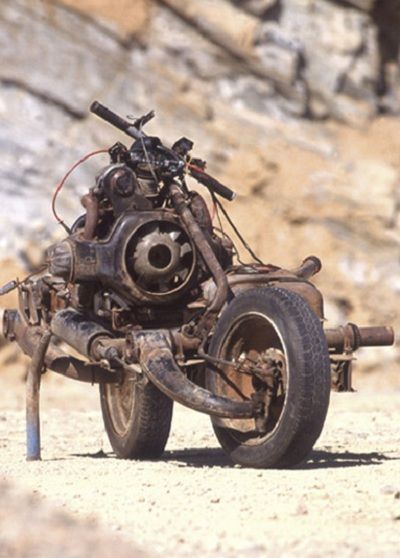
- The chassis was reduced to the central part, the front and back (longerons) have been taken off
- Roller transmission: the brake drum is in vertical alignment with the back wheel, the rotation direction requires to drive in reverse, at a maximum of 20 km/h
- The right drum is blocked so that the differential distributes all the power on the left
- The handlebar is made of the lifter, emptied from its mechanism. On this solid piece are fixed the clutch command and the two electrical contacts: power supply for the ignition and starter
- The front steering wheel is the only one to benefit from suspension
- The filling pipe will be transformed into a stand, essential, considering the weight of the machine
- The seat was made from the extremity of the back bumper wrapped in the fabric of the dashboard, assembled with orange adhesive for the best effect
Source of information: Vintage News
More images available on Naruhodo’s imgur
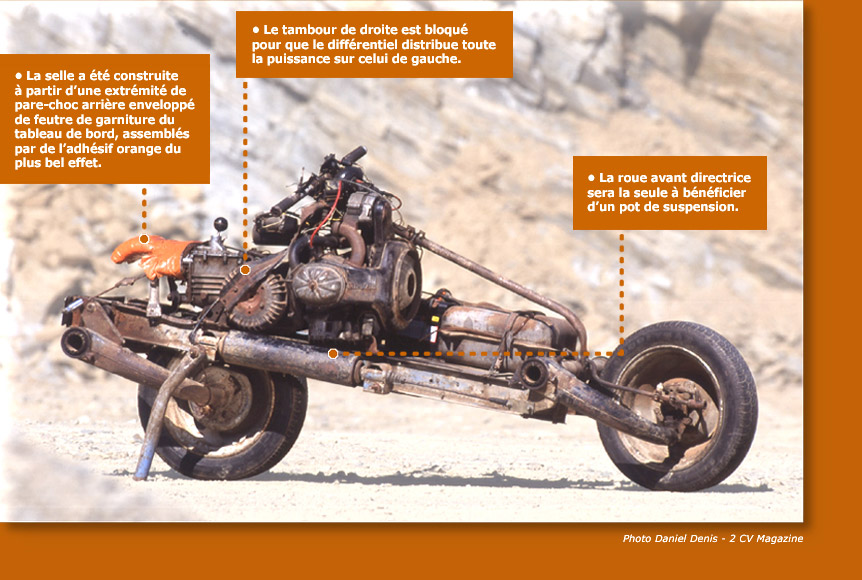
Credit for translation: JonhDksn
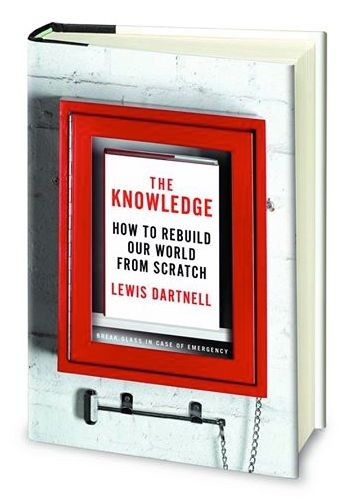 Want to read more about the behind-the-scenes fundamentals of how our modern world works, and how you could reboot civilisation if you ever needed to...? Check out The Knowledge - available now in paperback, Kindle and audiobook.
Want to read more about the behind-the-scenes fundamentals of how our modern world works, and how you could reboot civilisation if you ever needed to...? Check out The Knowledge - available now in paperback, Kindle and audiobook.
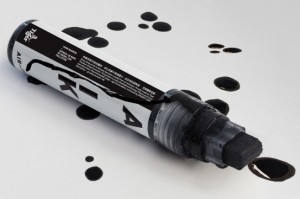 Chapter 10 of The Knowledge talks about ways to make inks for art and writing. Both the ancient Egyptians and Chinese developed a black ink based on soot, about 4,500 years ago. The tiny particles of carbon in the soot serve as a wonderfully dark pigment, which when mixed with water and a thickening agent like tree gum or gelatine (animal glue) gives you a great, black ink. Still very popular with artists today, ‘India Ink’ is therefore a misnomer as it was actually developed in China, and only traded with India. A suspension of carbon-black particles is also the basis of modern photocopier and laser-printer toner. Historically, these incredibly fine carbon particles were collected above the sooty flame from an oil lamp, or by charring organic materials like wood or bone.
Chapter 10 of The Knowledge talks about ways to make inks for art and writing. Both the ancient Egyptians and Chinese developed a black ink based on soot, about 4,500 years ago. The tiny particles of carbon in the soot serve as a wonderfully dark pigment, which when mixed with water and a thickening agent like tree gum or gelatine (animal glue) gives you a great, black ink. Still very popular with artists today, ‘India Ink’ is therefore a misnomer as it was actually developed in China, and only traded with India. A suspension of carbon-black particles is also the basis of modern photocopier and laser-printer toner. Historically, these incredibly fine carbon particles were collected above the sooty flame from an oil lamp, or by charring organic materials like wood or bone.


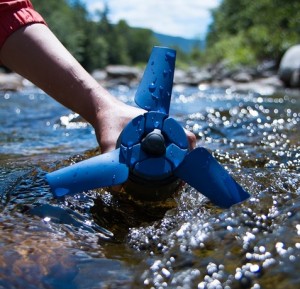




 Is this the greatest example of survival through ingenuity and hacking skills?
Is this the greatest example of survival through ingenuity and hacking skills?

 Part of my motivation behind writing The Knowledge was to explore how people through history have been amazingly ingenious or innovative in hacking stuff together and finding solutions to great challenges. For example, I describe how the inhabitants of the city Gorazde were able to jury-rig rudimentary water wheels for electricity, or how during WWII people adapted cars to run on wood as fuel.
Part of my motivation behind writing The Knowledge was to explore how people through history have been amazingly ingenious or innovative in hacking stuff together and finding solutions to great challenges. For example, I describe how the inhabitants of the city Gorazde were able to jury-rig rudimentary water wheels for electricity, or how during WWII people adapted cars to run on wood as fuel.